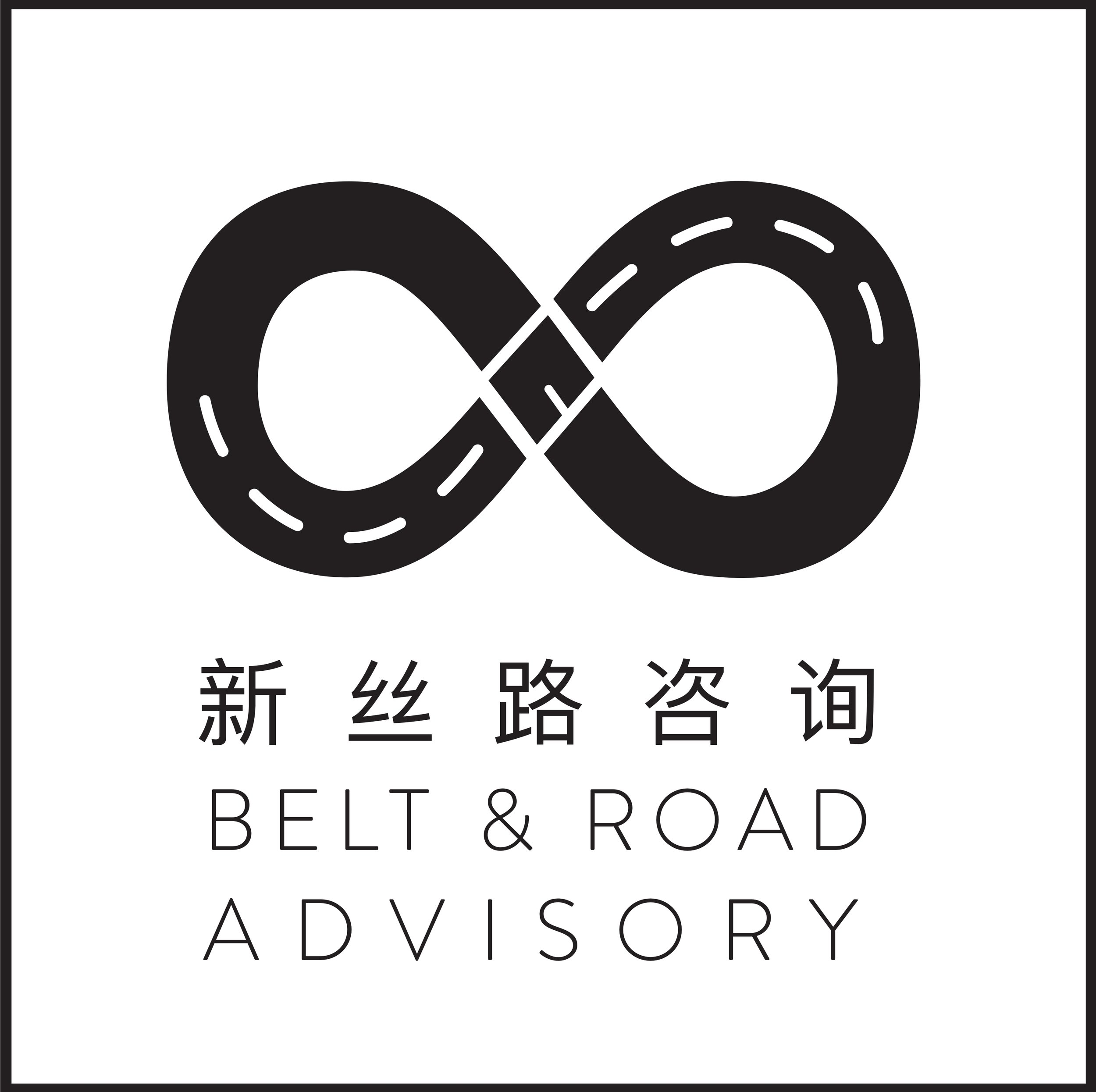Belt and Road in CCP Constitution – Future sealed?
“Xi Jinping Thought on Socialism with Chinese Characteristics for a New Era” (习近平新时代中国特色社会主义思想) is now here, officially. In our previous post, we argued that by elevating himself to Mao Zedong’s levels, Xi ensured that his flagship international project, the Belt and Road Initiative (BRI) was here to stay. When the new constitution was unveiled on Tuesday, it came as a surprise to us, and to most analysts, to see the BRI enshrined in it. The amended charter pledged to “pursue the Belt and Road Initiative”. Not only does it reinforce our view that BRI is here to stay and will not be compromised by any future Presidential transition, but it also implies that BRI can no longer not succeed. It is unprecedented for an international policy project to be explicitly written into the CCP constitution, and makes it a guiding objective. For Xi, the BRI is equivalent to what the opening-up policy (开放政策) was for Deng. While Deng set the path for domestic economic and political strength, Xi is using the BRI to carve a path for international strength.
Enshrining the BRI into the constitution has implications for the BRI above and beyond what we argued previously. Over the last week Xi has placed himself in a position of immense power, to the extent that challenging Xi, his Thought and his policies now means challenging the Party itself. Securing that power would have been no easy task however, and would have been years in the making. But now his position is sealed, we would expect efforts to build the BRI to intensify. While there is an expectation that Xi will look to hold onto power after his second term, he would be in a stronger position to do so if his flagship project succeeds over the next five years. So expect ramping up of investments and a greater number of stakeholders to become involved in the BRI. In a joint publication with Baker McKenzie, Silk Road Associates, a highly regarded strategy consultancy that helps companies build their commercial footprint in China, estimates around 50 Chinese State-Owned Enterprises have already been engaged in 1,700 projects in BRI countries. Over the next five years, they expect a further $350 billion of investments to be made.
Beyond the literal construction of infrastructure projects in the region, expect BRI to start having more of an impact at a grassroots level in China. Xi’s Thought will now enter the high school curriculum, and by extension the BRI too. The quest to develop the BRI is therefore unlikely to fade with generations.
Moreover, now that it’s in the constitution, it may become politically more difficult for countries to vehemently disagree with the BRI. Engaging with China may well now necessitate engagement with the BRI, or at least refraining from making openly negative comments about it. Such criticism may no longer be seen as part of day-to-day geopolitical power-plays, but instead as a direct insult to the guiding principles and objectives of the CCP. It will therefore be interesting to see how the stances adopted by the likes of the US, Japan, India and Germany towards the BRI evolve over time; if we are right, and the initiative begins to receive less outright criticism as a result of being enshrined in the constitution, then its international standing is likely to improve.
By enshrining the BRI into the constitution, Xi has given himself free reign to make the initiative succeed over the next five years. The initiative will see an upscaling of investments, engagement with younger generations that entrenches the initiative as a key foreign policy objective and also puts pressure on international partners to support or refrain from critiquing the initiative. All of these factors will improve the prospects for BRI’s success and longevity, and in doing so, will strengthen Xi’s own position and his ability to hold onto power after 2022. One thing is for sure, President Xi has played his cards well.

